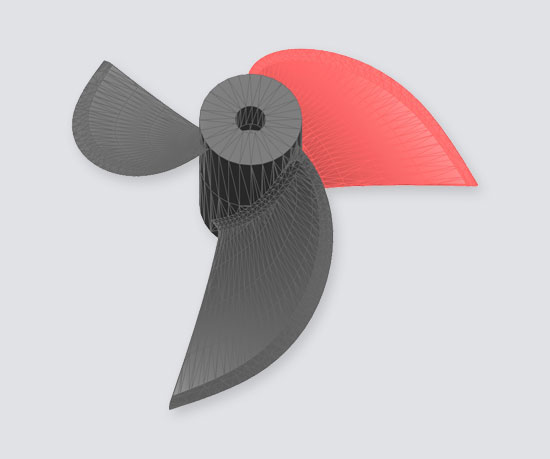
NX FEM Linear / Nonlinear Analysis
The engineers and designers cannot use the usual methods of calculations if they have components with complex geometry. In these cases the numerical calculation method FEM (Finite Element Method) can be used.
-
Course number:WTR 1260/1280
-
Duration:5 Tage
-
Participants:All industries where technical calculations are required, Engineers, Designer
-
Experience:NX Basic Modeling 1/2, Basic knoweldge of Freeformdesign and FEM
-
Date:
This seminar aims to empower the user to convert a geometry model in a computational model. This conversion can be done both with individual parts or assemblies. NX automatically generates the following three files in an associative assembly structure (pre-processor):
• The parts simplification can be made in the "idealized file". This keeps the original structure intact.
• In the "FEM file" the meshes and material assignment are performed.
• In the "simulation file" the constraints and loads are defined.
The calculation is performed with NX Nastran. The results of evaluation are done in a separate navigator who is also called Post-Processor. This assessment will be explained in detail during the seminar. So many comparisons can be performed in a presentation mode. All results can also be shown in animated GIF format.
NX offers per default NX Nastran solver. Other calculations can be done with the following Solvers (also integrated into NX):
• ANSYS
• ABAQUS
• MSC Nastran
• IDEAS UNV
• More Solver request at Siemens
Since the handling of pre- and post-processor is always the same, customers who use other solvers can participate in this seminar.
"All theory is gray," said Goethe. The plausibility of the results is illustrated with numerous examples.
The use of stand-alone solutions with the above solvers brings the disadvantage that the interfaces are not associative with the basic models. Therefore, this integrated NX solution adds the ability to have full access to the parameters of the models. Moreover model changes can be considered much easier to update.
Through the "Optimization Setup", NX can access all model parameters. The optimization is performed with the solver AltairHyperOpt. The results are presented in an Excel spreadsheet. The optimization process involves the following steps:
• Define target direction (minimize, maximize, target value)
• Define boundary conditions (Stress, Deformation)
• Define variables (Sketch parameters, Feature param.)
• Number of iterations pretend
• Perform optimization
Transformation geometry models (single part or assembly) in a calculation model
Integration of the file structure in the Master Modeling concept of NX
Application of NX internal pre- and post-processor
Meshing 3D, 2D, 1D
Solving with NX-Nastran
Evaluation of the results and presentations
Geometry Examination for example self-intersections and spikes/cuts
Plausibility checks
Numerous examples of structural analysis
Modal Analysis
Heat transfer calculations
Buckling Analysis
Presentation Strength–Wizard
Introduction to the nonlinear FEM calculations:
Optimization with targets
Adaptive Solution
Durability
Advanced Nonlinear process with NX Nastran
Recognize places that are provided with notch factors
Proof of Notch factors
Time functions
3D interactive solver

